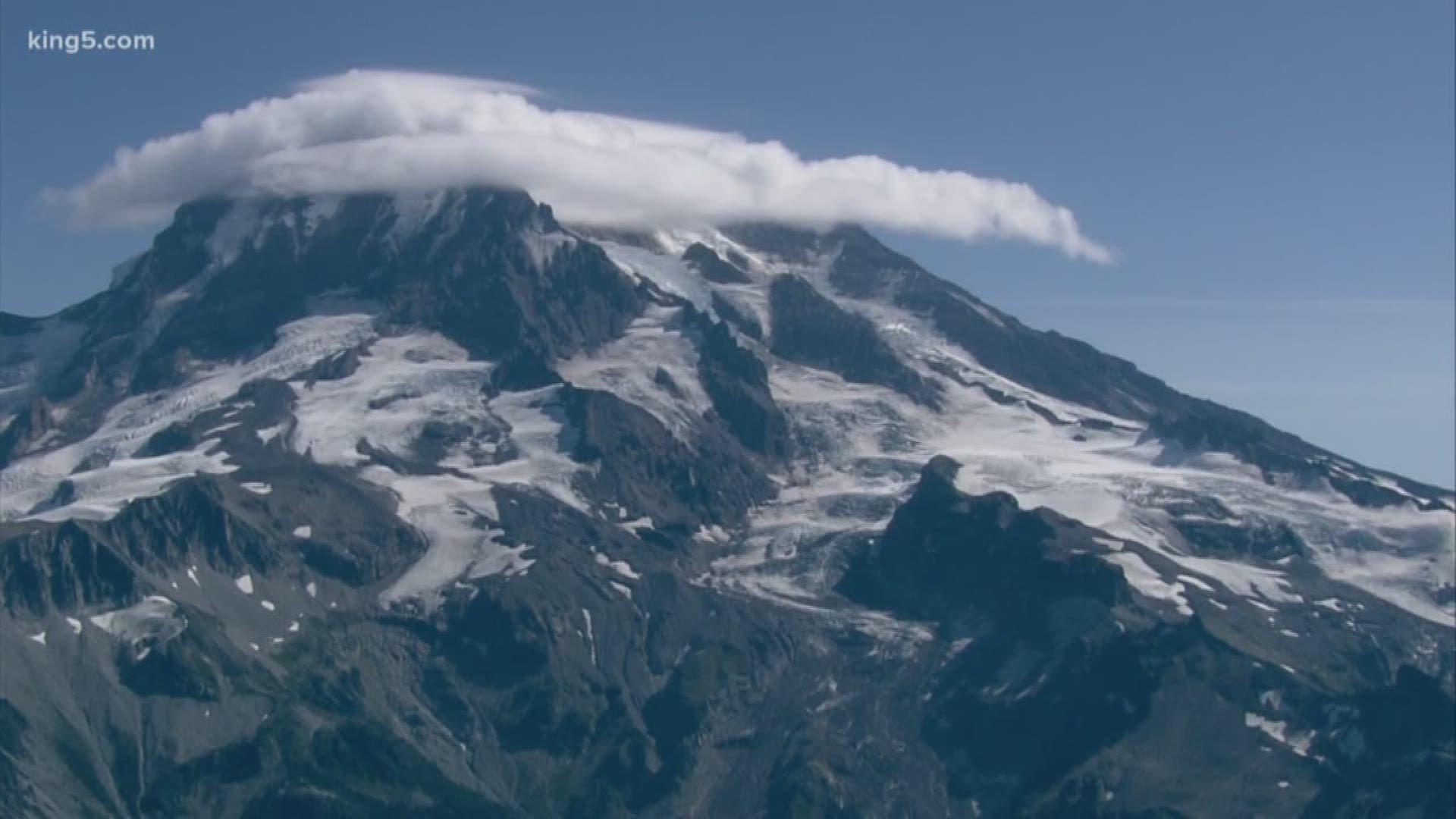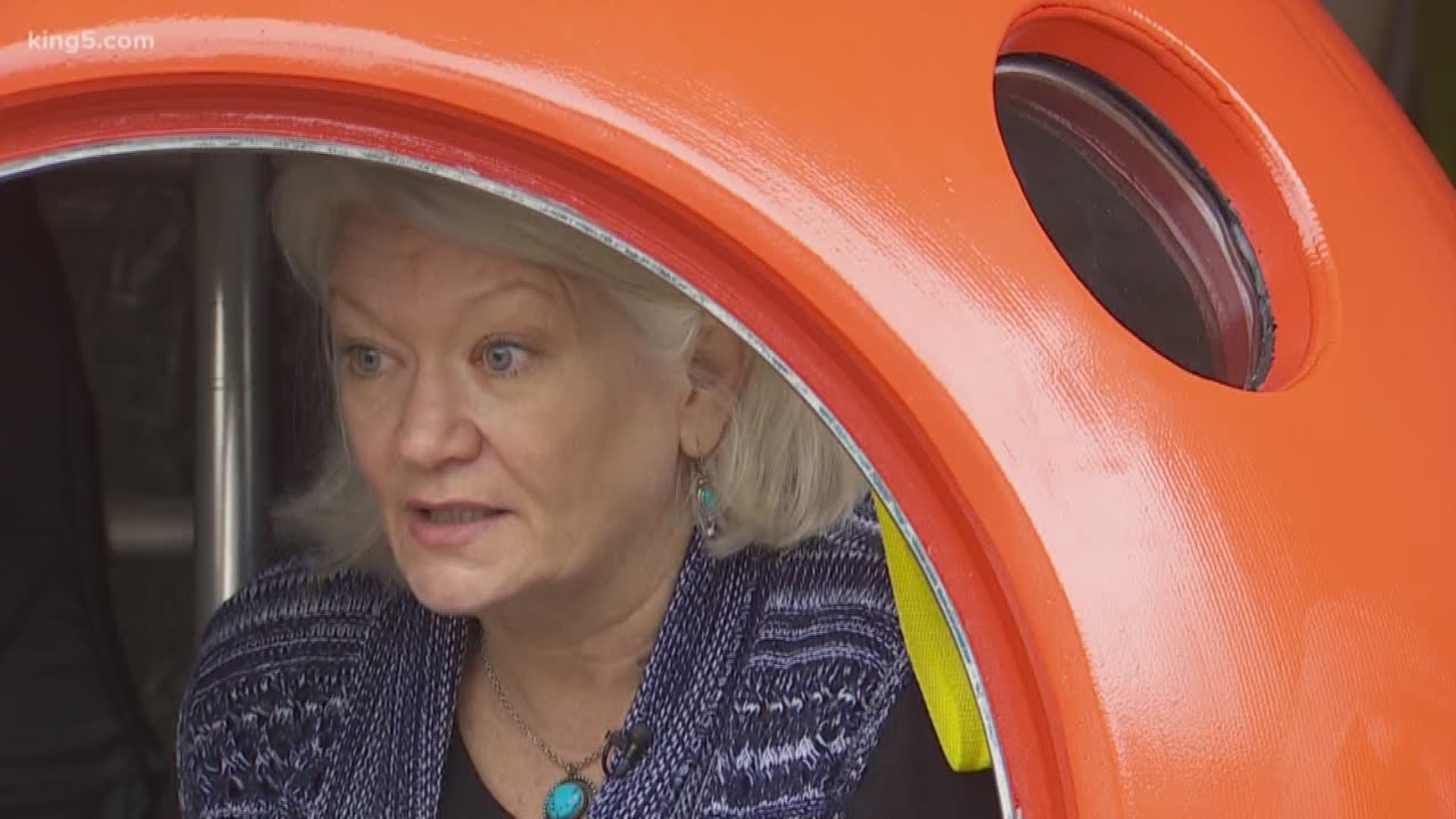SEATTLE — The Pacific Northwest is rumbling. You just might not know it.
On Sunday at 12:31 p.m., a magnitude 3.4 earthquake rattled south of Mount Rainier, about 13 miles from Packwood. Three minutes later, a magnitude 4.1 quake struck off the coast Washington's most northwest corner.
Those weren't the only ones. The earthquake getting the most attention from scientists struck around 5:45 p.m. on Friday, November 29. The quake is intriguing for its magnitude and location. It registered at 4.5 and struck southwest of Coos Bay in Port Orford, which is near the Oregon coast.
The Pacific Northwest Seismic Network (PNSN) tracks earthquakes in both Washington and Oregon. The two states also fall along a 600-plus mile fault zone running offshore known as the Cascadia Subduction Zone. The subduction zone is where part of the ocean floor known as the Juan de Fuca plate is being forced underneath the North American crustal plate.
The two plates are considered locked together and when the compressive tectonic pressure becomes too great, they are expected to slide past each other and cause up to a 9.2 magnitude quake.
"We just don’t have a lot of quakes in the subduction zone,” said PNSN seismologist Bill Steele. "And that makes us kind of unique. So when we see an earthquake that might be in that subduction zone interface, that does get our attention.”
The Northwest doesn't have as many earthquakes in the Cascadia Subduction Zone compared to other subduction zones around the world, most of which are on the Pacific Rim.
Scientists can't pinpoint exactly where the quake happened under Port Orford. It could have been in the diving ocean plate itself, it could have been in the continental plate which is also under pressure, or if it’s on the actual Cascadia fault itself, that raises even more questions.
The 4.5 quake was strong enough to set off the new ShakeAlert earthquake early warning system, telling people as far away as Grants Pass that shaking might be coming.
As for Sunday's 3.4 earthquake south of Mount Rainier, Steele said it is not connected to a swarm of earthquakes mostly directly below the mountain, which he says is normal. Rather, it struck in a seismic region near Goat Rocks, which produced a damaging 5.5 earthquake back in 1981.
Finally, Sunday's 4.1 quake due west of Neah Bay, Washington is connected with the plate movement offshore.
All are fresh reminders of how seismically-active the Pacific Northwest remains.
View | Disaster coverage on KING 5
Join KING 5’s Disaster Preparedness Facebook group and learn how you and your community can get ready for when disaster strikes.
-


